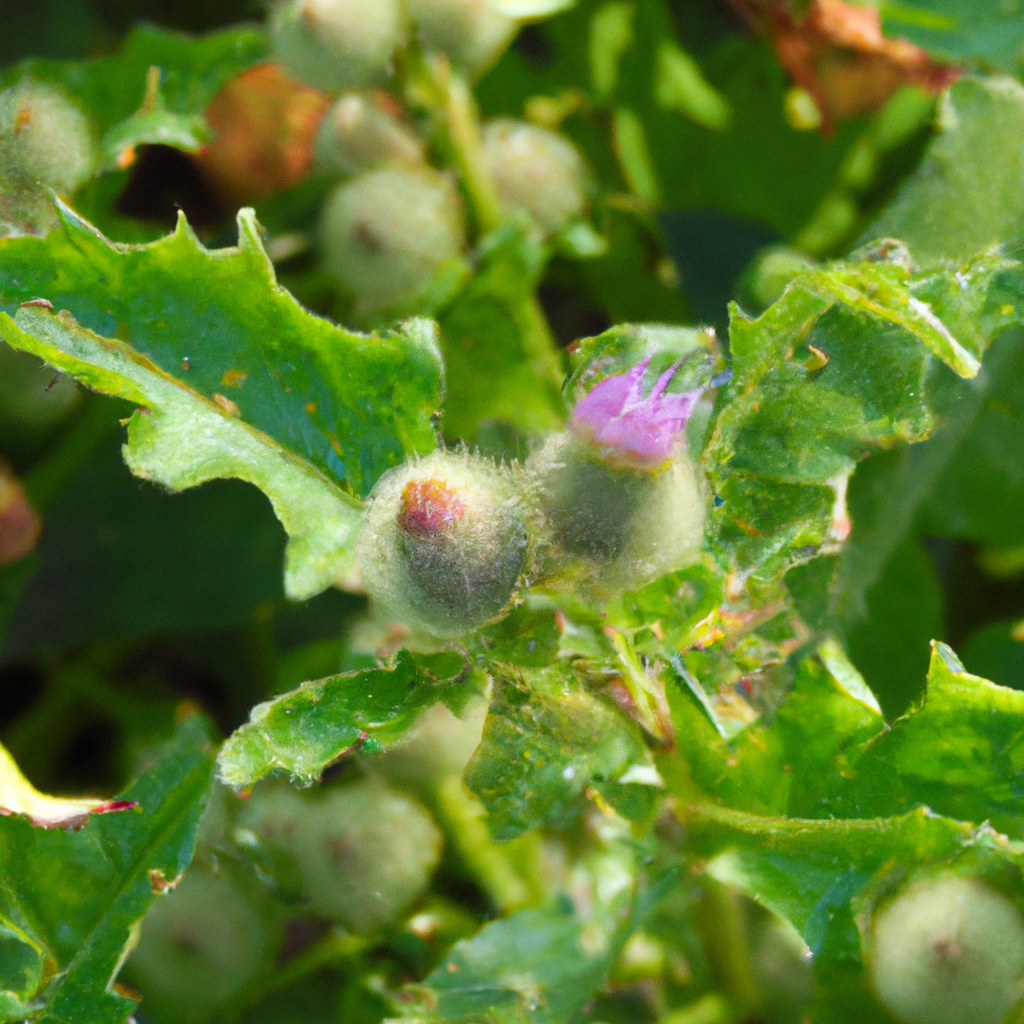Biological Name:
Salsola tragus (Russian-Thistle)
Natural Habitat:
Russian-Thistle: Waste areas, North America
Description:
Russian-Thistle is an annual weed with spiny stems and small yellow flowers. It can grow to be up to 3-4 feet tall and is commonly found in fields waste areas and along roadsides.
Frequently Asked Questions (FAQs)
Q: What is another name for Russian thistle?
A: Russian thistle, also known as tumbleweed, is in the goosefoot family (Chenopodiaceae). Its scientific name is Salsola tragus, but it also has been known as Salsola iberica, Salsola kali, and Salsola australis.
Source
Q: Why is thistle a problem?
A: They have become major problems in agricultural landscapes and 22 states have designated them as noxious weeds. Thistles do attract pollinators and birds, but the spiny leaves and stems keep grazers away. Some thistles release chemicals into the soil that inhibit the growth of other plants.
Source
Q: Where is Russian thistle found?
A: Russian thistle is common throughout California, especially in the southern region to an elevation of 8900 feet (2700 m). It grows best on loose sandy soils and inhabits agricultural land, roadsides, and other disturbed places.
Source
Q: Is the thistle plant good for anything?
A: Thistle is a very beneficial plant for pollinators. Bees, flies, beetles, and butterflies all like the nectar of the thistle flowers.
Source
Q: Can you eat Russian thistles?
A: The mature Russian thistle is not edible and can be toxic to animals.
Source
Q: Can you be allergic to Russian thistle?
A: The most commonly reported implications of Russian thistle allergy include AR, rhino-conjunctivitis and asthma in prone individuals (7). AR is the most common respiratory symptom presented in Russian thistle allergies.
Source
Q: What does Russian thistle do?
A: Russian thistle can reduce yield and quality of numerous crops In agricultural areas and can also threaten native plant ecosystems. Plants accumulate along fence lines and other areas posing a serious fire hazard.
Source
Q: How do you get rid of Russian thistle?
A: Herbicides that will control Russian thistle include 2,4-D, dicamba, or glyphosate (sold under the trade name Roundup). Dicamba and 2,4-D are selective herbicides that will control many broadleaf weeds but usually do not injure grasses.
Source
Q: What permanently kills thistles?
A: Among myriad available weed sprays, glyphosate proves to be effective on thistle. Apply to individual cut stems an inch or two above the soil line, taking careful aim of the weed sprayer to avoid contact with desirable plants. Reapplication in several weeks may be needed for well-established thistle.
Source
Q: What is the best way to stop the spread of a thistle?
A: To keep thistles from establishing, minimize soil disturbance and cover bare soils with mulch. Because of their tough roots, thistles can be difficult to control. Thistle seedlings have bristles or spines on their leaves, so as soon as you notice a seedling, pull it out before the roots are well established.
Source
Q: Is Russian Thistle toxic?
A: It can accumulate toxic levels of nitrates and cause death. It can also cause kidney failure due to high levels of oxalates. Russian thistle is one of the most problematic cropland weeds especially in dryland systems.
Source
Q: What is Russian thistle used for?
A: Uses and Management: Russian thistle provides fair forage for cattle and sheep in the early spring, becoming worthless with maturity because of the sharp-pointed leaves. If it turns black at maturity and is softened by moisture it is good winter feed.
Source
Q: Why is the Russian thistle invasive?
A: Russian thistle poses a hazard due to its role as a weed and host for pests in restored and agricultural areas, decreasing production of native vegetation and desired crops such as tomato and beet.
Source
Q: How does Russian thistle spread?
A: Russian thistle is a summer annual that lives for one growing season and reproduces solely from seed. The seed is spread when mature plants detach at the base and are blown along by the wind in late fall through the winter. A large Russian thistle plant may produce more than 200,000 seeds.
Source
Q: Is Russian thistle poisonous?
A: The plant is edible and serves as a food source to some livestock which graze in the desert but it is also, paradoxically, poisonous if eaten in too great of a quantity. Known by the scientific name Salsola tragus, it occurs throughout the western states, most often in dry areas.
Source
Q: Are thistle weeds poisonous?
A: Health Risks: Entire plant is highly toxic to humans and livestock, causing vomiting, diarrhea, respiratory issues, and spasms.
Source
Q: What animals eat Russian thistle?
A: The Russian thistle (Salsola testifer Aven Nelson) is a summer annual herbaceous plant usually appearing in May or June. The young plants have slender, fleshy leaves and are grazed readily by cattle and sheep for several weeks, or until they become coarse and spiny.
Source

